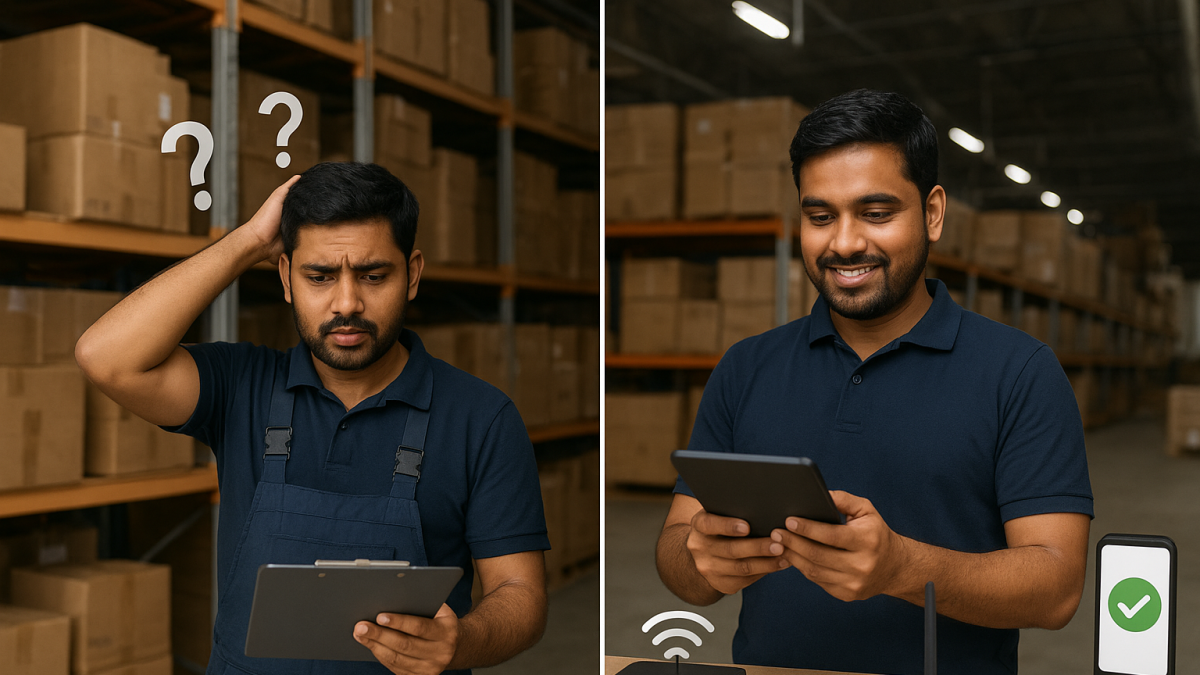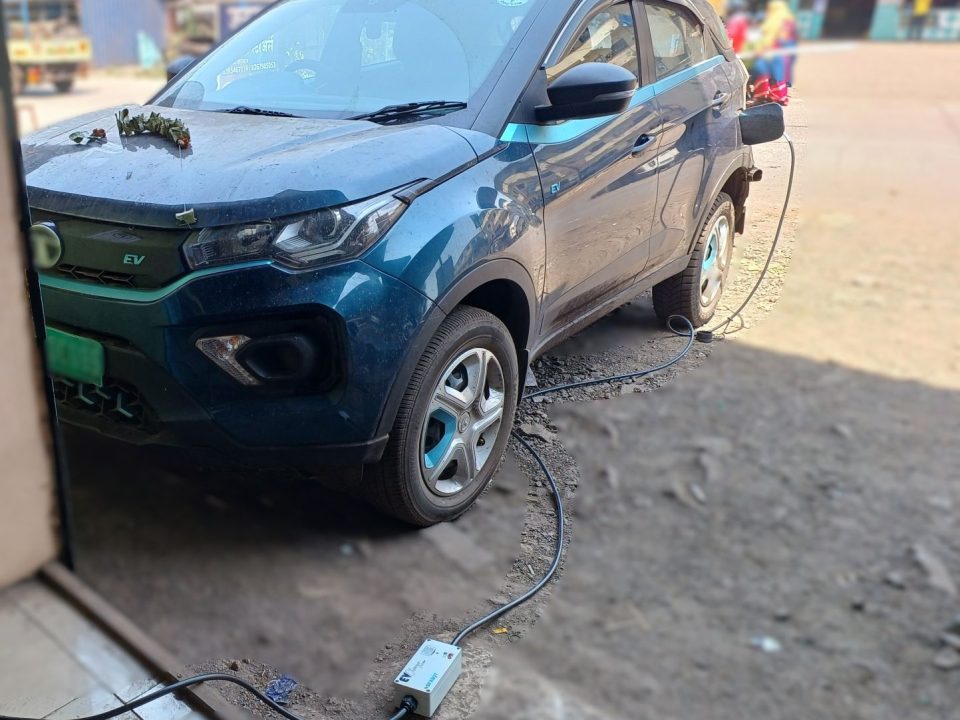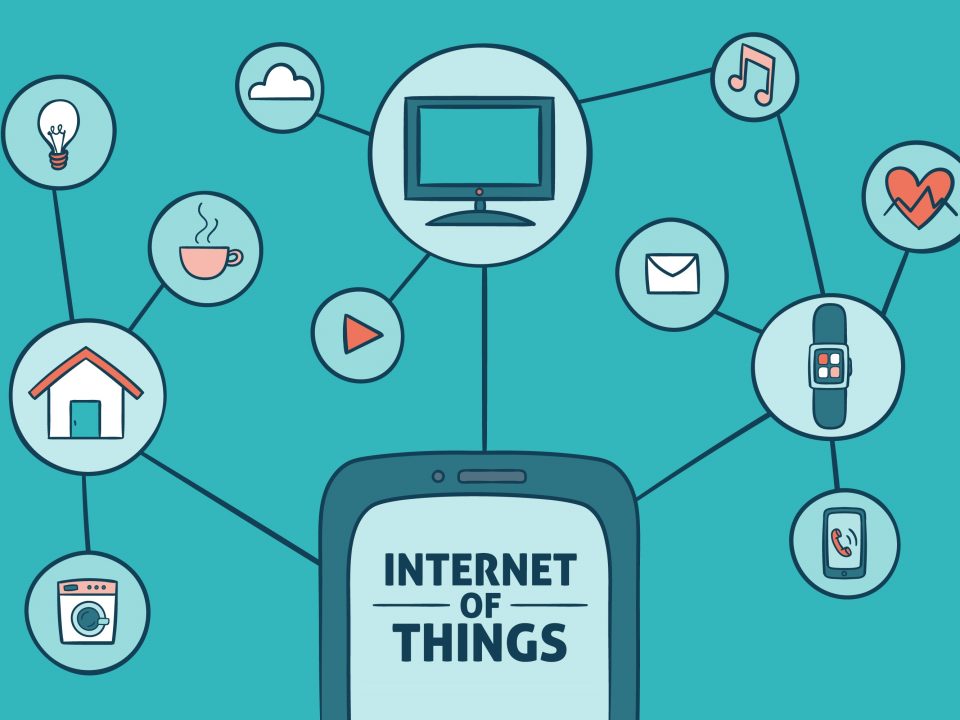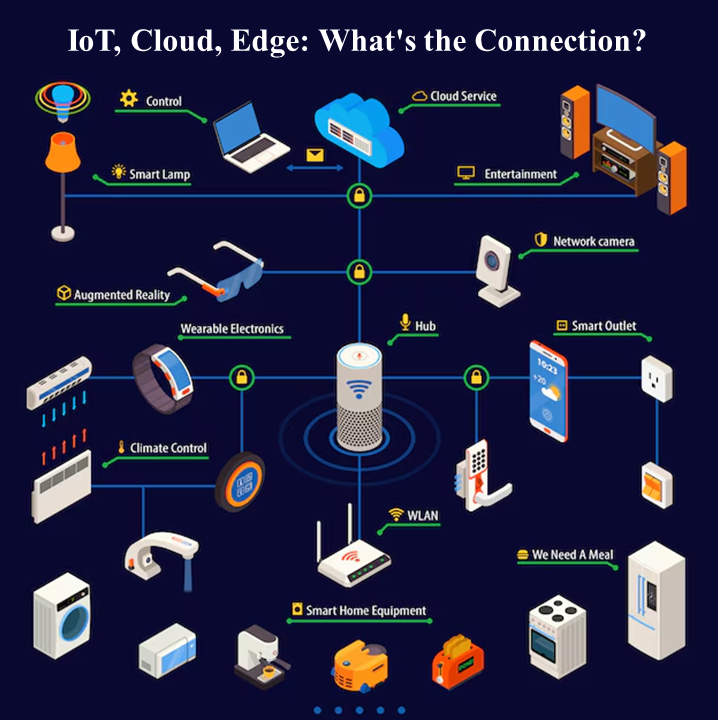Why Manual Order Picking Is Holding Warehouses Back — And What’s Next
Walk into most warehouses or distribution centers, and you’ll find operators armed with paper lists or handheld scanners, walking aisles to locate items. While this manual approach has been the backbone of order fulfillment for years, it comes with serious drawbacks.
The Drawbacks of Manual Picking
-
High error rates leading to wrong shipments and unhappy customers.
-
Time-consuming processes that slow down fulfillment speed.
-
Dependency on skilled staff, making training and onboarding a constant challenge.
-
Limited visibility for managers into what’s really happening on the shop floor.
-
Inflexibility during demand surges, when errors and delays multiply.
As e-commerce grows and customer expectations rise, these challenges aren’t just operational hiccups — they’re barriers to competitiveness.
The Search for Smarter Picking Methods
To overcome these issues, businesses have experimented with barcode systems, handheld devices, and voice-directed picking. Each step improved accuracy to some extent, but they still relied heavily on human attention and left managers without real-time performance insights.
That’s where light-directed picking systems — known as Pick-to-Light (PTL) — entered the picture.
What Is Pick-to-Light, and Why It Helped
Pick-to-Light uses light signals at storage locations to guide operators to the right item and quantity. By replacing guesswork with visual cues, PTL significantly reduced errors and made training faster for new workers.
For many warehouses, PTL was a game-changer compared to manual methods:
-
Faster picking.
-
Fewer mistakes.
-
Happier customers.
But there’s a catch.
Where Traditional Pick-to-Light Falls Short
Despite its advantages, conventional PTL solutions face several limitations:
-
Expensive to deploy — heavy reliance on wired hardware.
-
Difficult to reconfigure — changing warehouse layouts or SKUs is costly.
-
Lack of real-time data — managers get no insights into performance or bottlenecks.
-
Integration hurdles — most legacy PTL doesn’t connect easily with ERP/WMS systems.
-
High maintenance — proprietary wiring and hardware mean recurring costs.
In short, PTL solved yesterday’s problems but isn’t designed for the connected, data-driven warehouse of today.
Enter IoT-Enabled Pick-to-Light
The future of order fulfillment lies in IoT-based Pick-to-Light, which builds on the strengths of traditional PTL while overcoming its weaknesses.
Benefits of IoT-Enabled Pick-to-Light
-
Wireless operation, avoiding costly wiring infrastructure.
-
Real-time visibility into picks, progress, and operator performance.
-
Seamless ERP/WMS integration for smooth data flow.
-
Scalability and flexibility, making reconfiguration simple.
-
Analytics and predictive insights, helping managers optimize operations.
How DFXBOT Reimagines Pick-to-Light
At DFXBOT, we’ve designed our IoT-based Pick-to-Light with Industry 4.0 in mind. It’s more than just guiding workers with lights — it’s about creating a connected intelligence layer for warehouse operations.
Key Differentiators of DFXBOT’s IoT PTL
-
Plug-and-play wireless modules — quick to install, easy to reconfigure.
-
Analytics dashboards — track performance, reduce errors, and gain actionable insights.
-
Lower total cost of ownership — less infrastructure, less maintenance.
-
Seamless ERP/WMS integration — connects smoothly with existing systems.
By combining operator guidance with managerial intelligence, our IoT Pick-to-Light transforms picking from a manual burden into a scalable, data-driven process.
Final Word
Manual picking may have worked in the past, but in today’s competitive landscape, it’s a recipe for errors, delays, and dissatisfied customers.
Traditional Pick-to-Light helped reduce mistakes, but its limitations are increasingly clear.
The next step is IoT-enabled Pick-to-Light — smarter, more flexible, and future-ready. Warehouses that make this shift not only improve efficiency today but also prepare themselves for the connected supply chains of tomorrow.




